Object recognition with Machine Vision
Object recognition: a brief introduction
Object recognition is a branch of computer vision that focuses on the identification and localization of objects in digital images and videos. By using algorithms and deep neural networks, object recognition can recognize and track specific objects in different environments.
In contrast to image classification, where the entire image is assigned to a Category, object recognition involves recognizing several objects in an image and determining their positions (often in the form of bounding boxes).

Where is object recognition needed?
Object recognition is used in a variety of areas. Here are some important use cases:
- Security monitoring: detection of intruders, monitoring of public places and detection of suspicious activity.
- Autonomous driving: Identification of pedestrians, other vehicles, road signs and traffic conditions.
- Medical diagnostics: Detection of tumors in medical images such as X-rays or MRI scans.
- Retail: Automatic recognition of products for inventory management and theft protection.
- Industry 4.0: Monitoring of production lines to detect faults or defects.
How does object recognition work?
Object recognition is based on complex algorithms and machine learning models, in particular deep neural networks. The process begins with pre-processing, in which the images are normalized and scaled to a uniform size to facilitate subsequent processing. This is followed by feature extraction, in which important features such as edges, textures and shapes are extracted from the image. The next phase involves modeling, often using a Convolutional Neural Network (CNN) to recognize and learn patterns in the extracted features. Finally, the trained model identifies and localizes the objects in the image, which is the actual recognition and localization.
Let’s take a look at the whole thing using an example. Let’s imagine we are in a production plant and want to identify defective components, such as screws. A camera is mounted at the edge of a production line and continuously captures images of the passing components. First, the image is captured and pre-processed. This step can include many aspects, such as adjusting the image size, brightness, focus or color profile.
In the next phase, the actual processing takes place. Relevant features are extracted from the image with the help of a Convolutional Neural Network (CNN). For example, the external shape of our screws is analyzed. The CNN is trained to recognize exact dimensions such as the width, length and thickness of the screw. If a screw in the image deviates from these specifications, the trained model identifies this defect and sends a corresponding signal.
In our example, a faulty screw that does not correspond to the expected dimensions would be directed to a separate path in the conveyor belt, while the correct screws continue on their normal path. This enables efficient quality control and ensures that only flawless components are processed further.
Known models and techniques of object recognition
There are several well-known models and techniques that are used in object recognition:
- YOLO (You Only Look Once): A fast and efficient model that processes images in a single pass through the neural network.
- Faster R-CNN (Region-based Convolutional Neural Networks): A model that provides precise recognition through the use of region proposals.
- SSD (Single Shot MultiBox Detector): Another model that offers a good balance between speed and accuracy.
Challenges in object recognition
Despite the impressive progress, there are still some challenges in object recognition. One of the biggest difficulties is recognizing objects in crowded or chaotic environments where many different elements are present at the same time. In addition, it is often difficult to identify objects from different perspectives and in varying lighting conditions. Another challenge is real-time processing, which requires fast and efficient recognition for applications that need to work in real time.
However, the future of object recognition looks promising. There are continuous improvements in the accuracy and efficiency of the models that are helping to overcome these challenges. In addition, new applications are constantly opening up the potential of this technology and enabling innovative solutions in various areas.
Conclusion
Object recognition is a key technology with far-reaching applications and considerable potential. Our evoVIU smart camera is ideal for these tasks. It offers a flexible platform that can draw on proven models such as YOLO and Faster R-CNN as well as individually trained models. With its robust hardware and user-friendly software, the evoVIU is the perfect solution for your object detection requirements.
Other contributions:
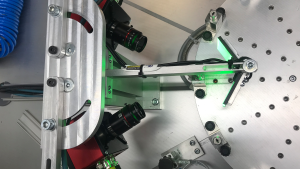
Finally: The new VIU2 PoE camera is here!
The VIU2 PoE camera is here! You can find out why PoE is an important feature in this article.

Finally: The new VIU2 PoE camera is here!
The VIU2 PoE camera is here! You can find out why PoE is an important feature in this article.

5 real-life smart city examples
What smart city examples are there? You can find out in this blog article.

Object recognition with Machine Vision
Object detection is an important way for many industries to sort out faulty components.

Process monitoring through Machine Vision: 100% effective and efficient!
Process monitoring with Machine Vision Your processes always in view: Why Machine Vision is crucial Effective process monitoring is crucial to the success of a
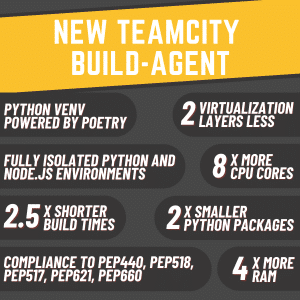
New Teamcity Build Agent
We got a new Teamcity build agent last week. Read here how exactly we benefit from this!
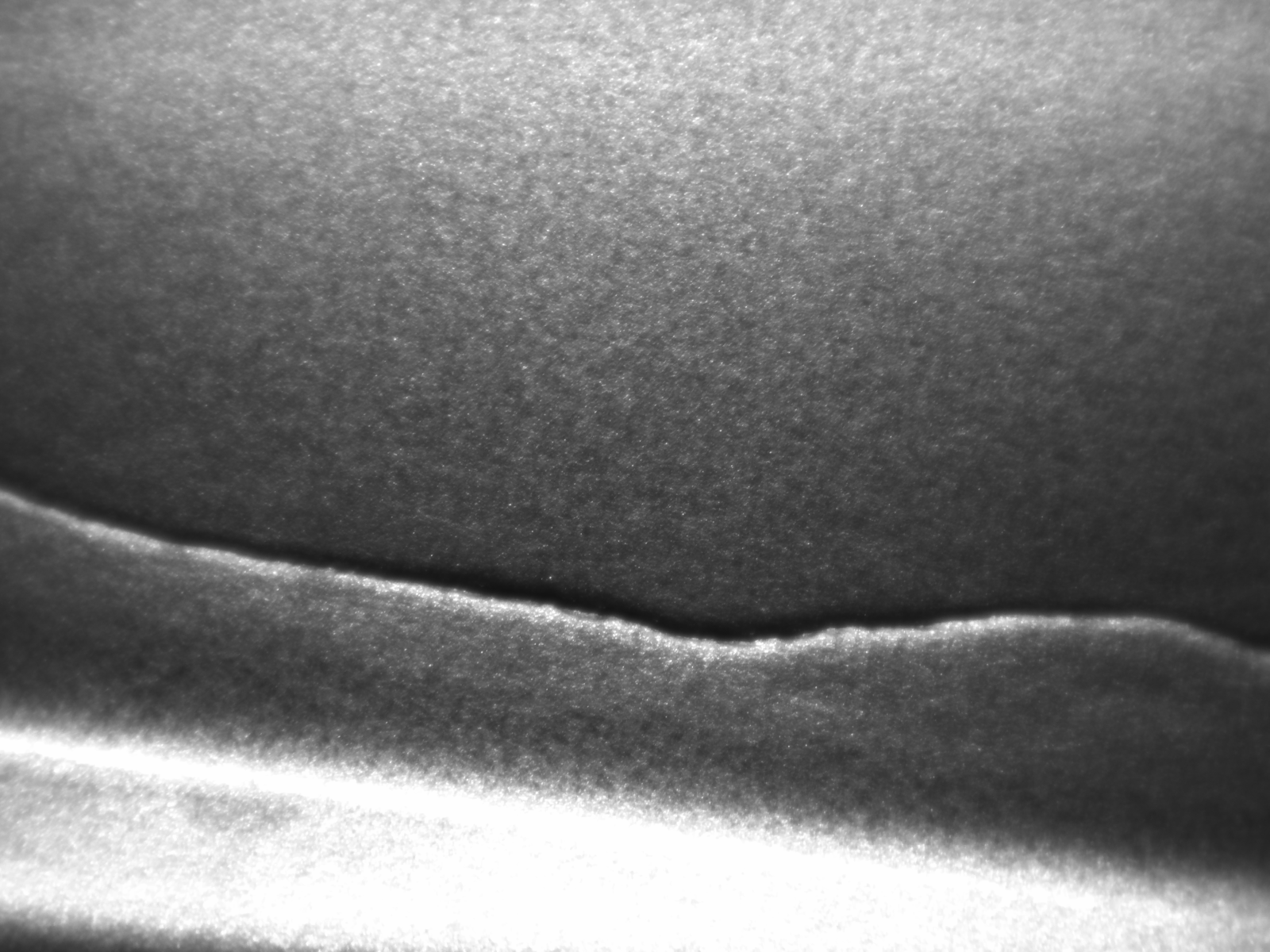
Crack detection in the pressing plant
Cracks on components manufactured in the press shop can often be detected at an early stage. Find out more about this use case.
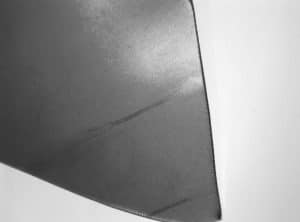
Different light colors
How important is the color of light in the choice of light for an image processing system? What are the differences?
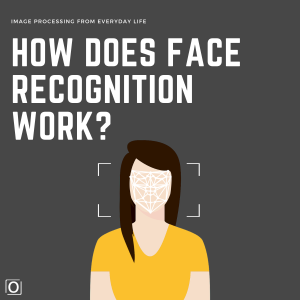
How does face recognition work?
Most of us are confronted with it every day: Facial recognition. But how does it actually work?

Smart Camera in a CNC machine?
An evoVIU has been hanging in our CNC machine for a few months now. Here’s our why, how, and a look at how it’s worked so far.
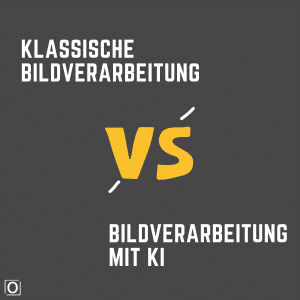
Classic Machine Vision vs Machine Vision with AI
What actually distinguishes classical Machine Vision from Machine Vision that uses AI? Is AI always better?

